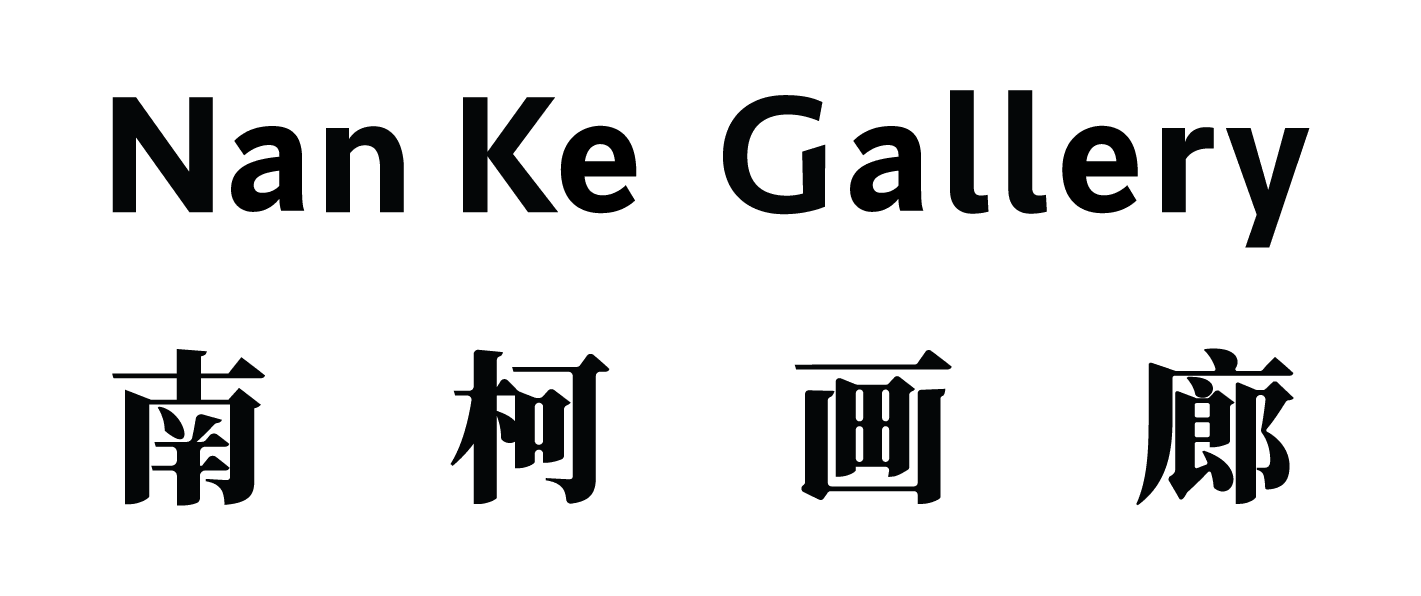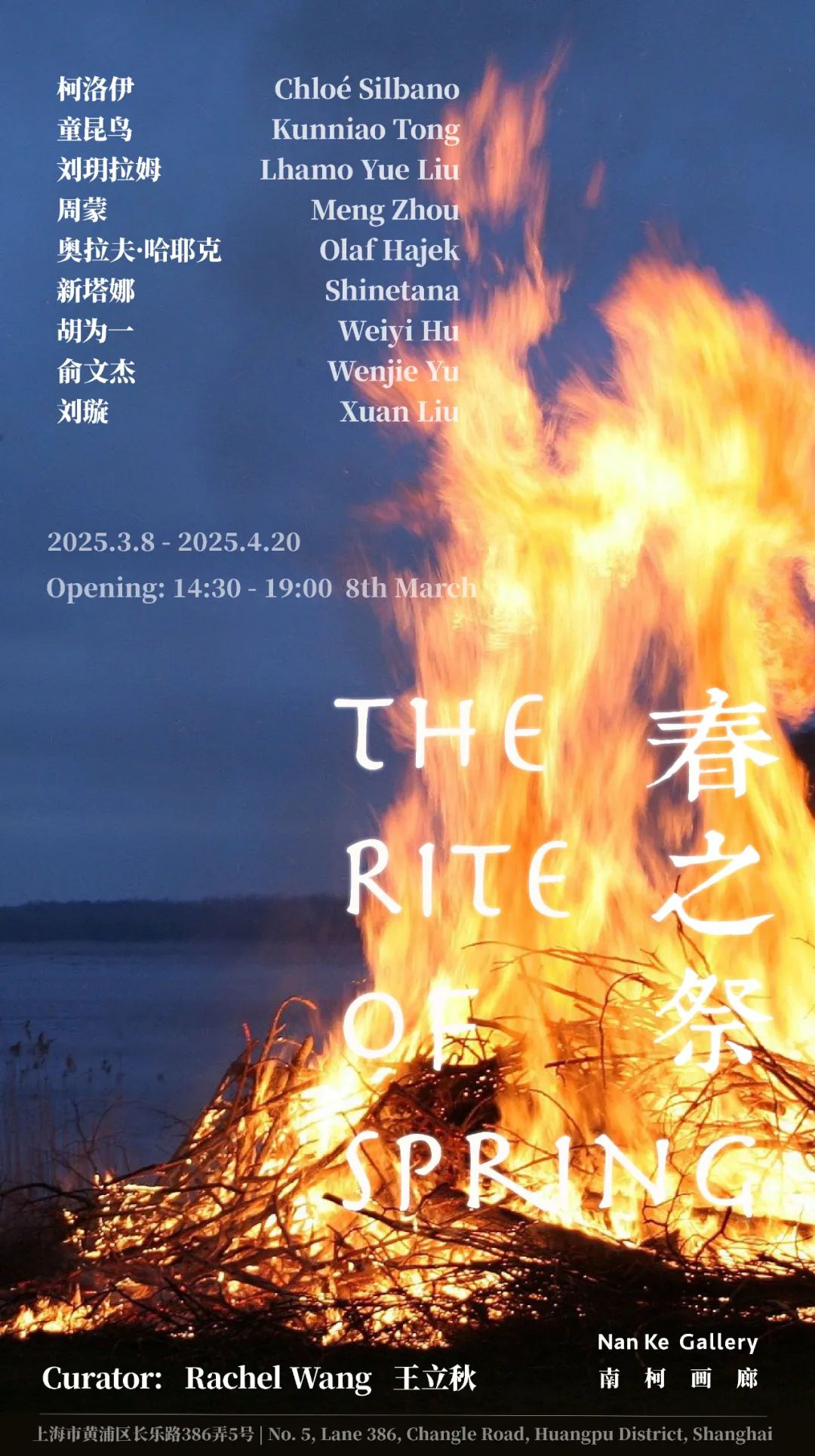
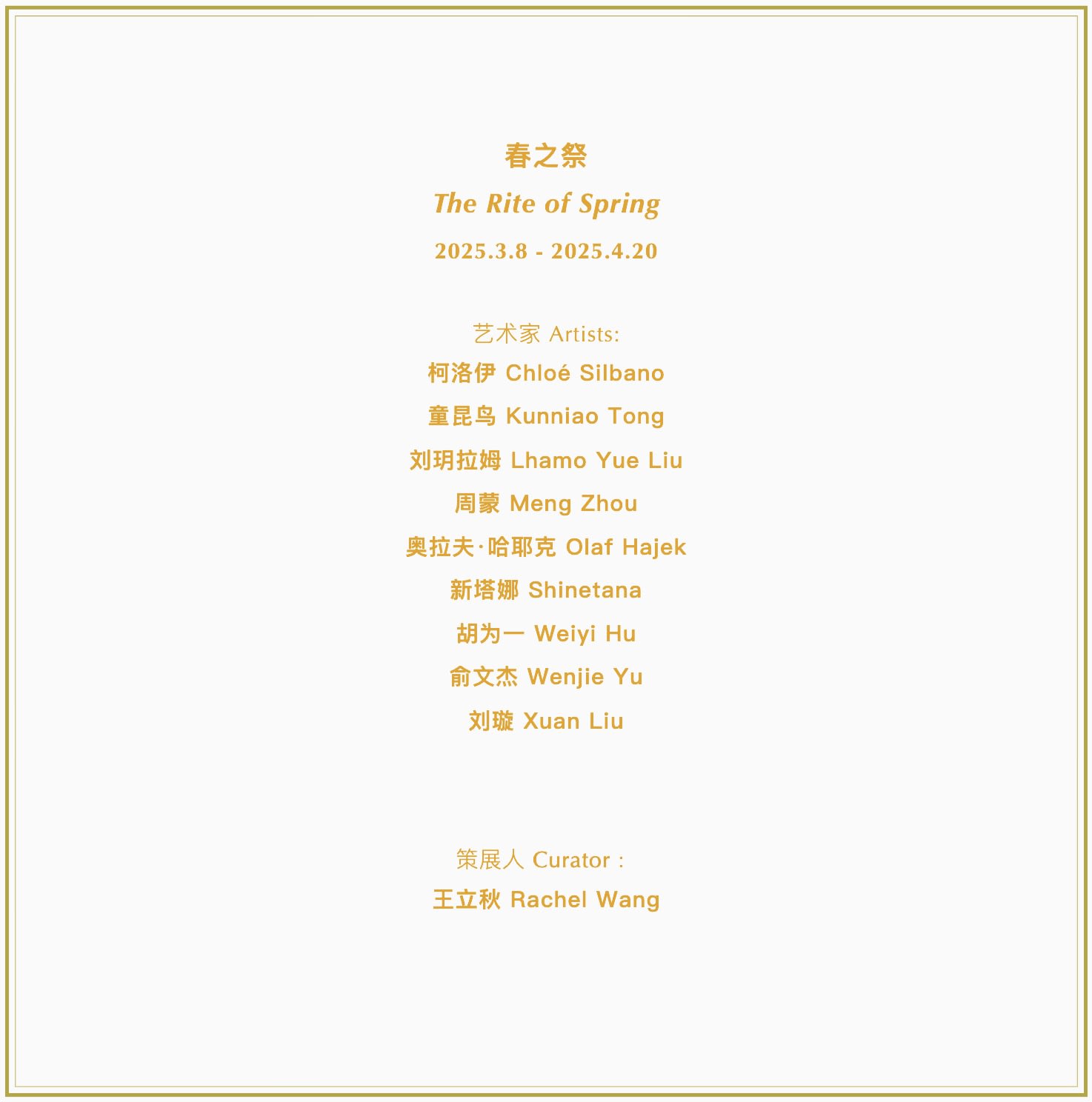
作品致谢HdM GALLERY
Artist Weiyi Hu's light-box installation "Dream Body No.4 " . The artist collects X-rays of injured human bodies from hospitals, and through the “intervention” of medicinal plants, the work transcends the mere metaphor of the body and proposes a cross-species, post-human imagination, which also responds to the contemporary eco-philosophical reflection on “multi-species symbiosis”. It also responds to the contemporary ecological philosophy of “multi-species symbiosis”. In the context of this exhibition, such images constitute an implicit critique of “human exceptionalism”-just as “The Rite of Spring” asks about the violence of sacrificial logic: is the human body merely a temporary container for the flow of natural energy? Perhaps the human body is merely a temporary container for the flow of natural energy?

Weiyi Hu
Dream Body No. 4, 2025
Cyanotype on glass, LED light box, stainless steel bracket
291h x 163w x 20d cm
© Courtesy of the artist and HdM GALLERY
The artwork " Dream Body No.4 " is a photographic installation composed of multiple LED lightboxes arranged to form a humanoid figure. The images are derived from X-rays of injured human body parts, carefully selected by the artist from tens of thousands of scans collected from hospitals. These fragmented and unrelated bodily parts are reassembled into a complete human form, then combined with images of medicinal plants and flowers. Using the traditional cyanotype printing technique, the images are transferred onto glass.
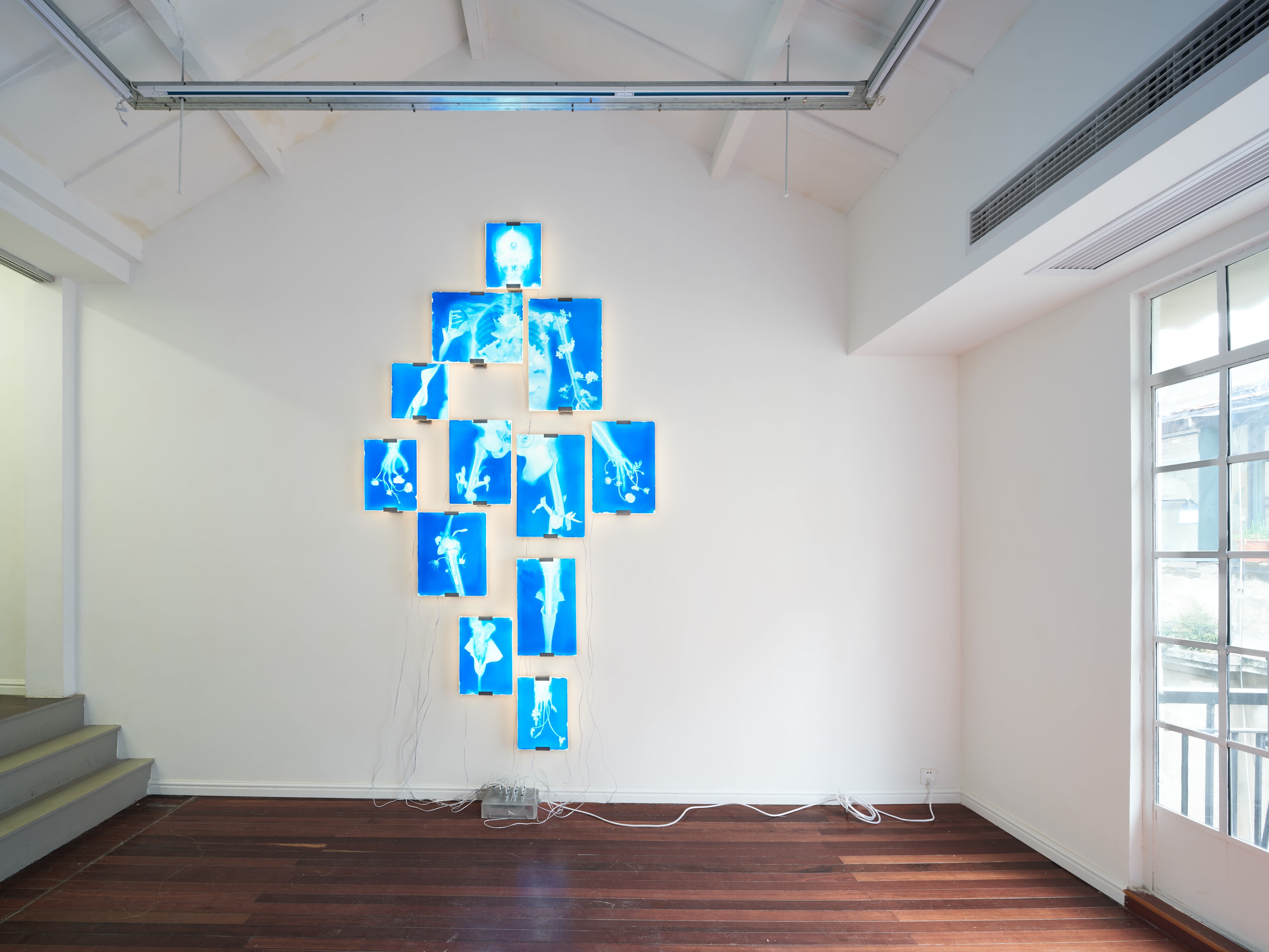
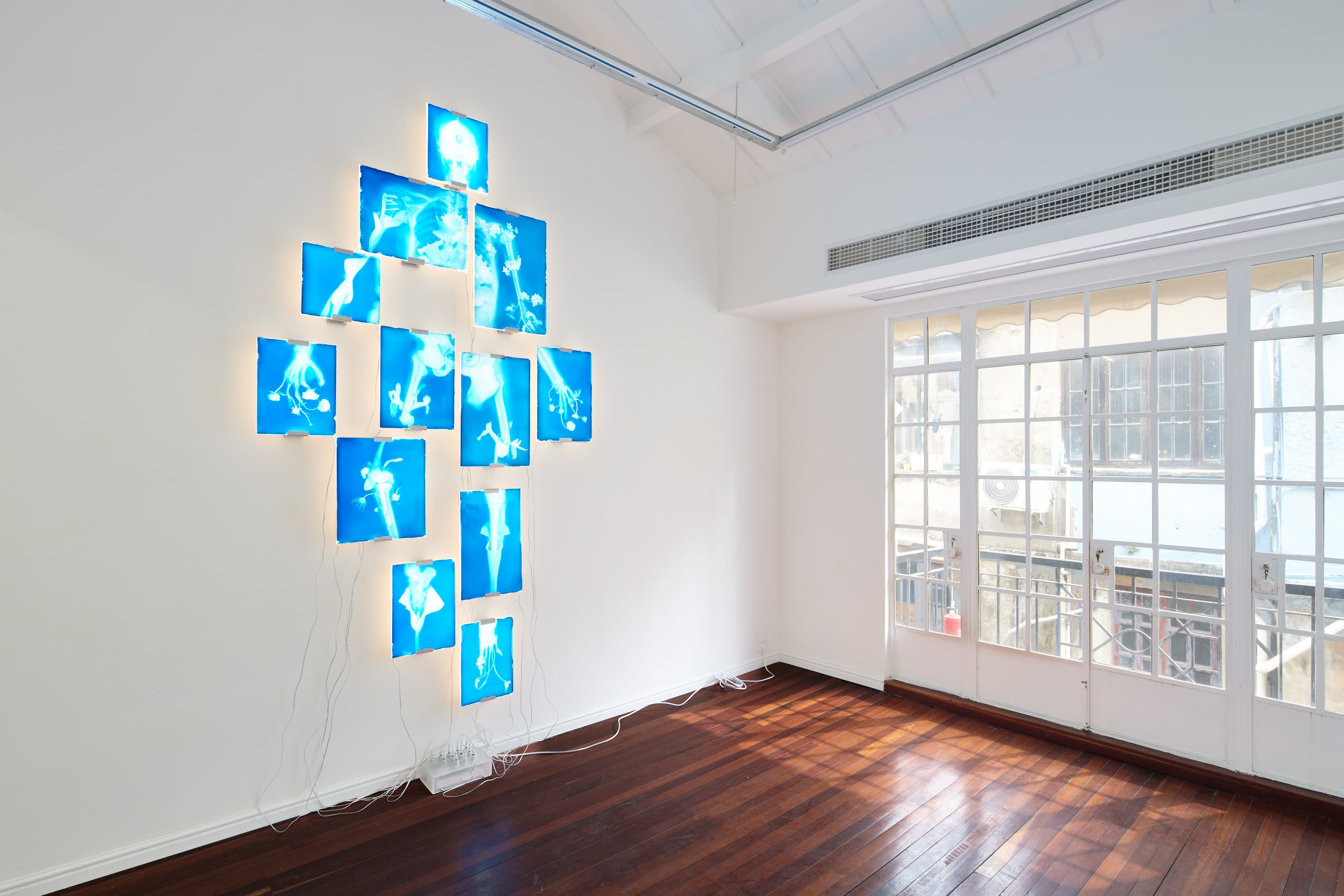
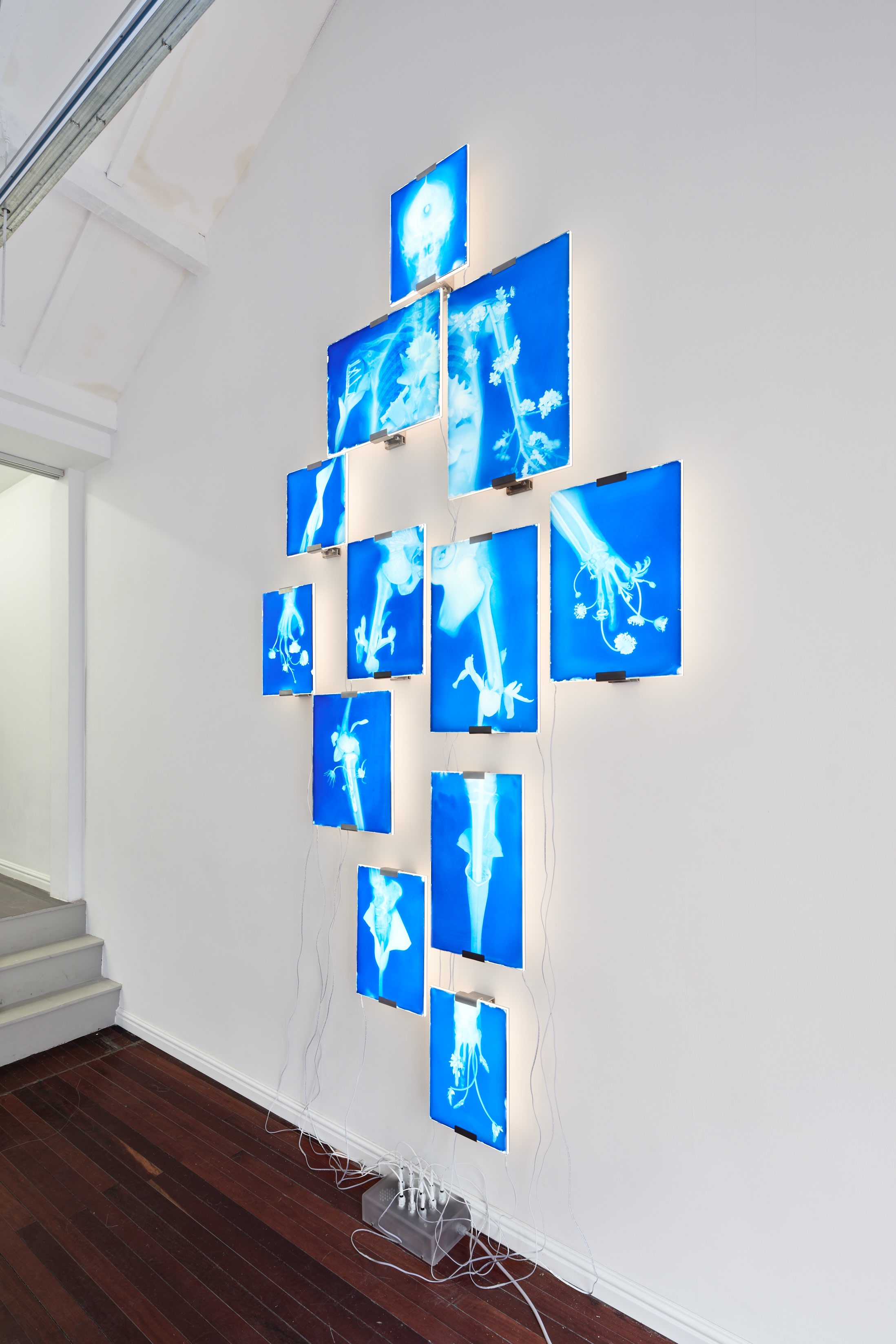
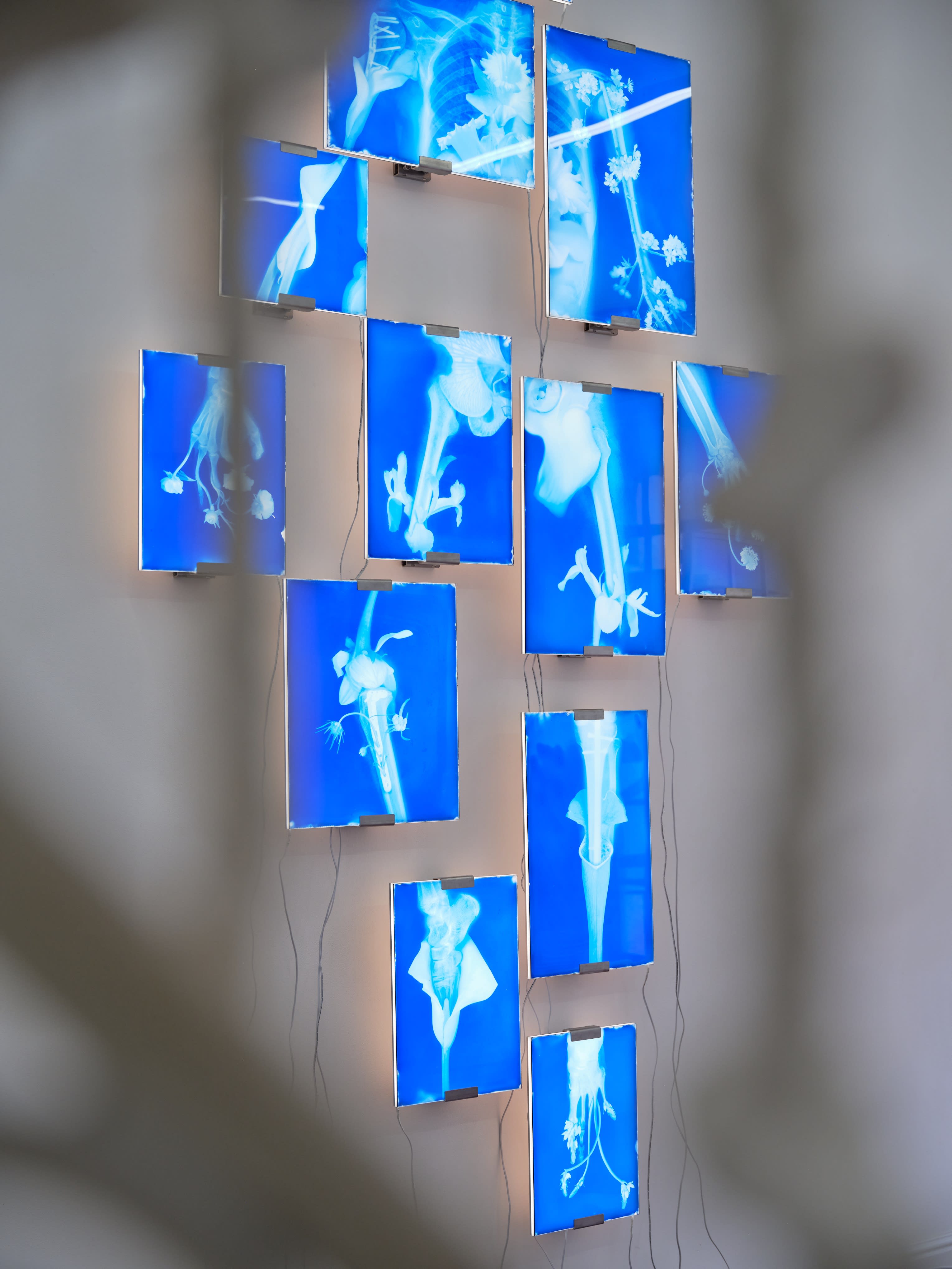
Installation view of The Rite of Spring, March 8, 2025 - April 20, 2025, Nan Ke Gallery, Shanghai © Courtesy of Nan Ke Gallery, Photographed by Runxin.
In this work, the artist draws inspiration from Western "Vanitas" painting traditions and the Buddhist practice of "contemplating the white bones" (asubha bhavana), which use skeletal imagery to reveal the illusory nature of the material world. However, through the integration of medicinal plants, the work transcends a simple bodily metaphor and proposes a vision of post-human and interspecies imagination. The skeletal forms here dismantle boundaries of gender, race, and class, while the presence of plants furthers the critique of the binary opposition between human and non-human. Each individual is "queered" into a non-binary "they," challenging not only gender duality but also the speciesism inherent in anthropocentrism. This perspective resonates with contemporary ecological philosophy's discourse on "multi-species symbiosis."
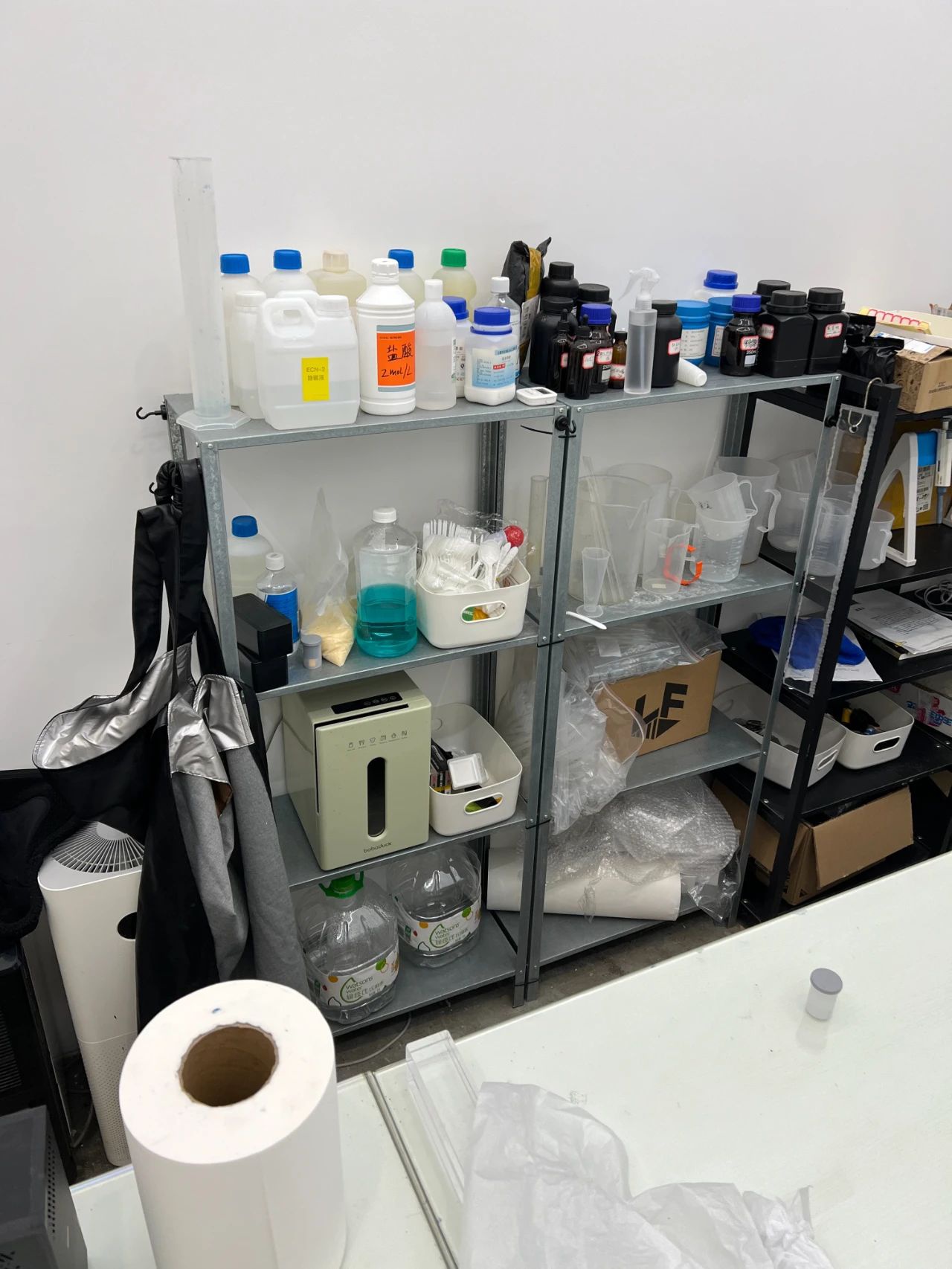
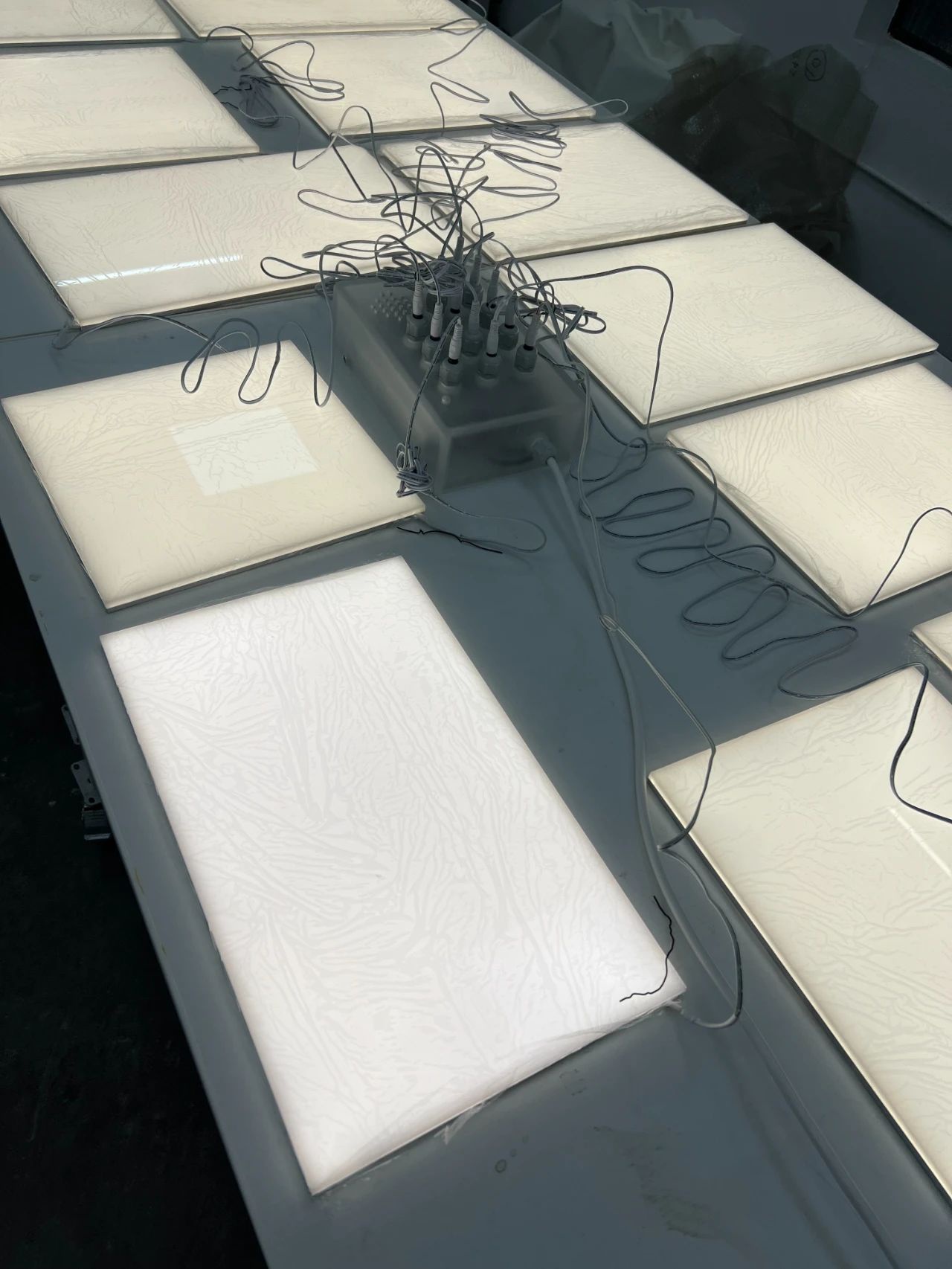
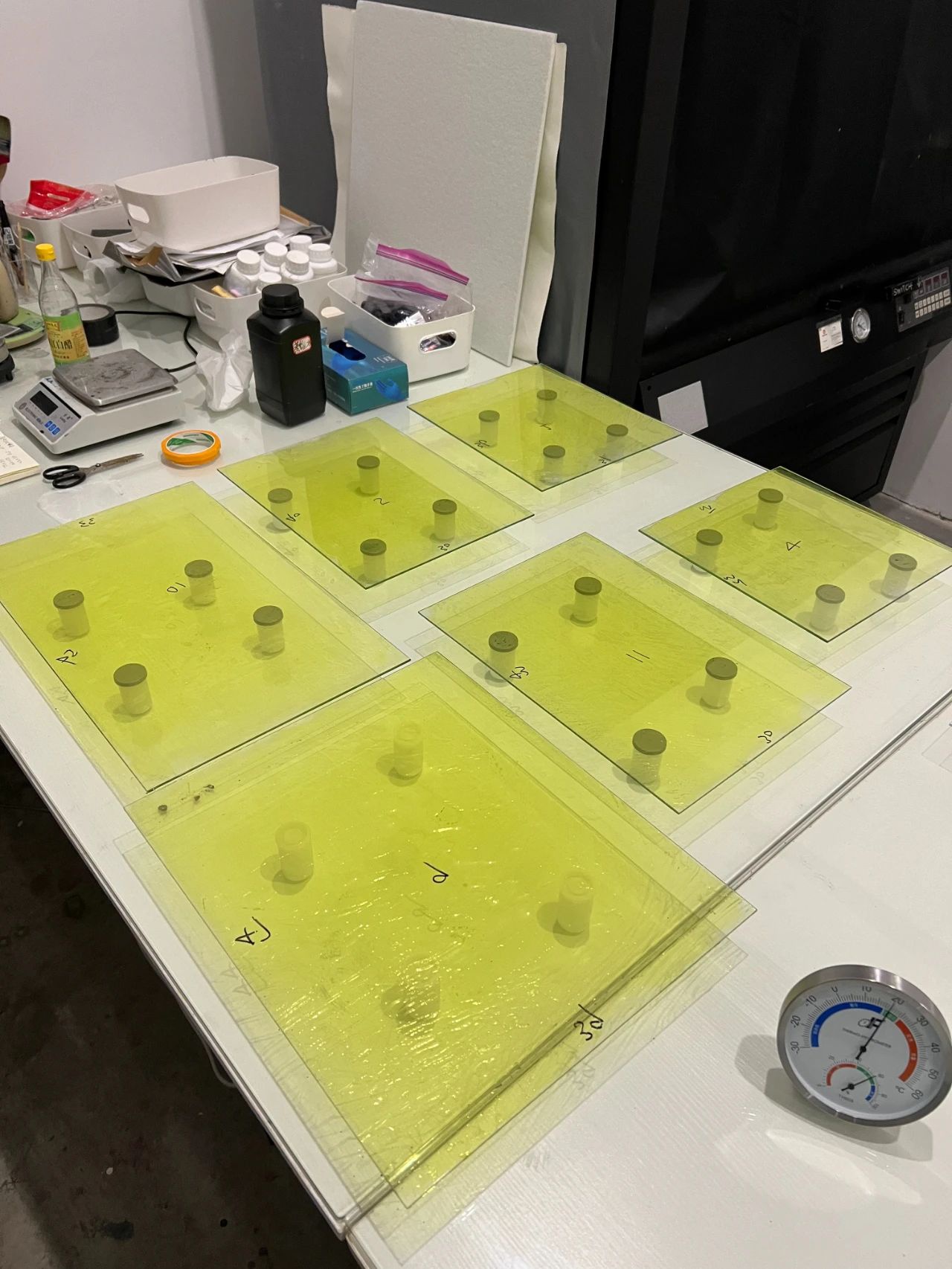
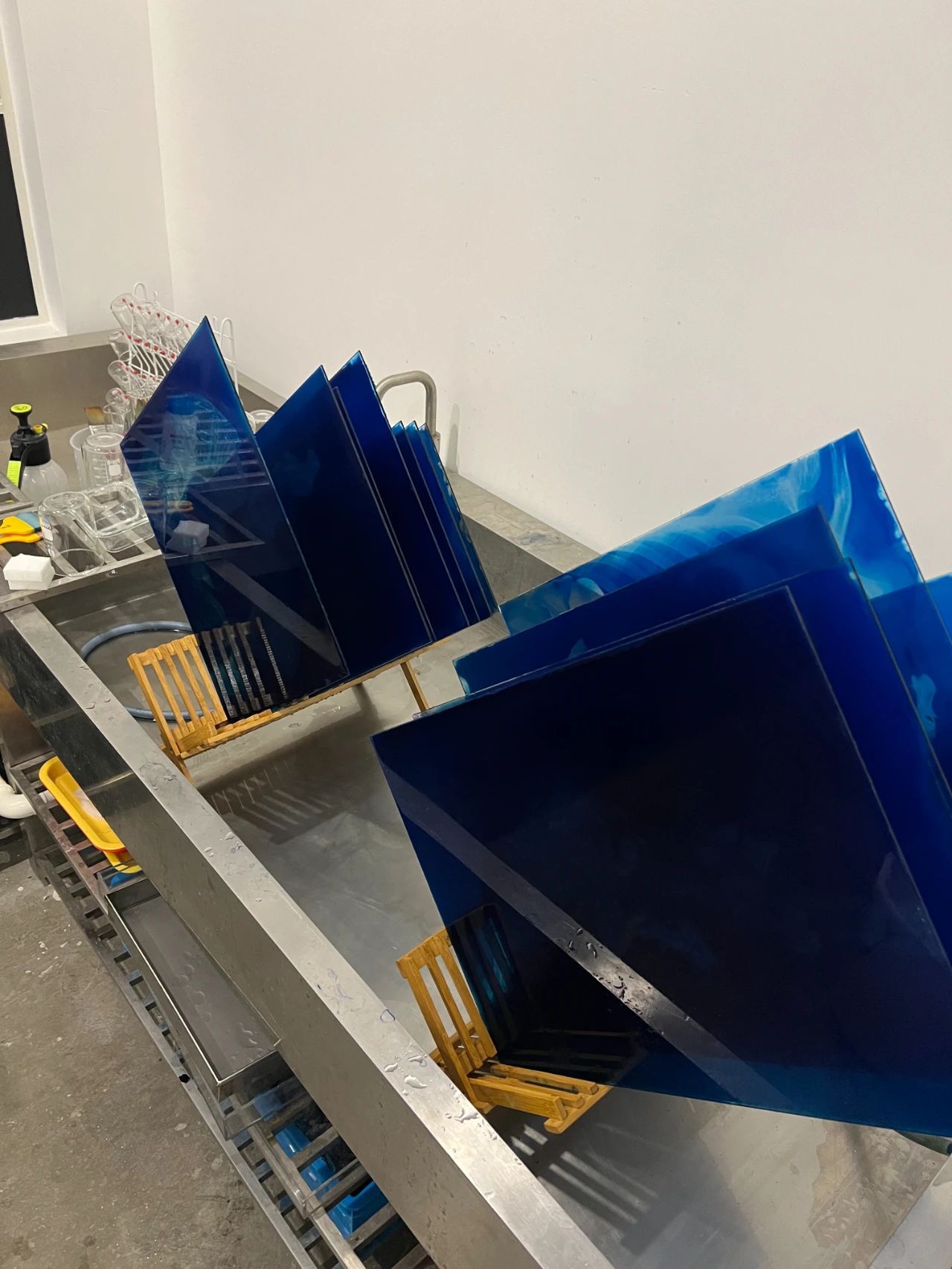
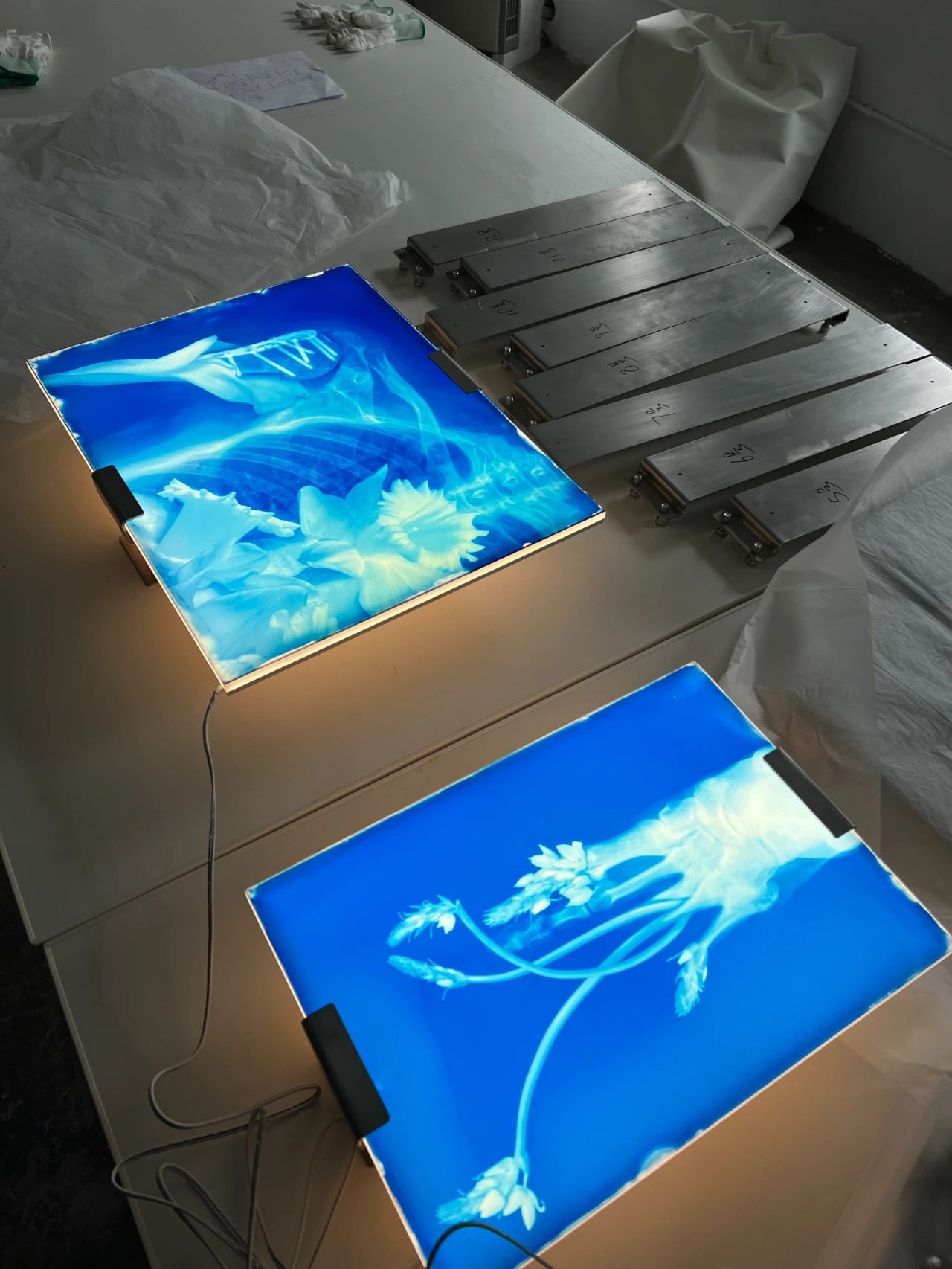
Highlights of the production of works © Courtesy of the artist and HdM GALLERY
By reimagining individual death as a return to the collective whole, the artwork transforms it into a process of reintegration with life itself. It reflects on the relationships between body, technology, and nature within modernity and seeks to reopen pathways of perception that connect human and non-human life forms, offering a profound meditation on coexistence and interconnection.
